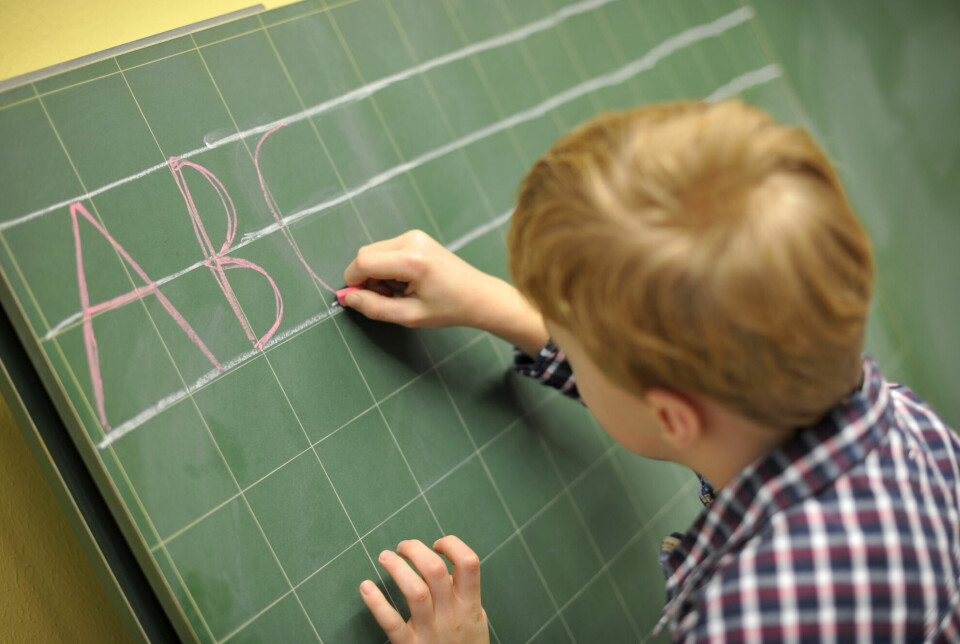
First-graders in Norway prioritise friendship and play
Most first-graders are doing well in school, and the school day is varied and inclusive.
The children themselves are focused on friendship and play, according to the second part of the evaluation of the six-year reform, which was newly presented.
It has been 25 years since Norway’s six-year reform was introduced, which lowered the age for starting school from seven to six years. The task of evaluating the six-year reform was assigned to OsloMet in the spring of 2020.
In the first part of the report, it was revealed that there has been less spontaneous free play and more teacher-directed activities during the first school year than what was intended when the six-year reform was introduced.
Four main findings
In the second interim report, which is based on observation data from 15 classrooms and interviews with pupils, teachers, school leaders, and school owners, four main findings have been made:
- Most children, but not all, want to play more during school hours.
- Making friends is crucial for students when starting school.
- Safety and learning letters are most important for teachers in the beginning.
- Children are listened to and actively participate in the teaching.
Wish for more time for free play
The interviewed teachers say that creating a safe and good classroom and learning environment, along with learning letters and play, are the most important things they do in the first six months of first grade.
Teachers also express a desire for more time for free play.
The researchers have the impression that most pupils are highly motivated to learn letters, reading, and writing through varied activities in the classroom. They also believe that the strong focus on letter learning can leave little time for other aspects of the Norwegian subject.
The researchers point to a possible untapped potential in both reading aloud and writing in Norwegian first-class classrooms.
The final evaluation report will be presented next year.
———
Translated by Alette Bjordal Gjellesvik.
Read the Norwegian version of this article on forskning.no































